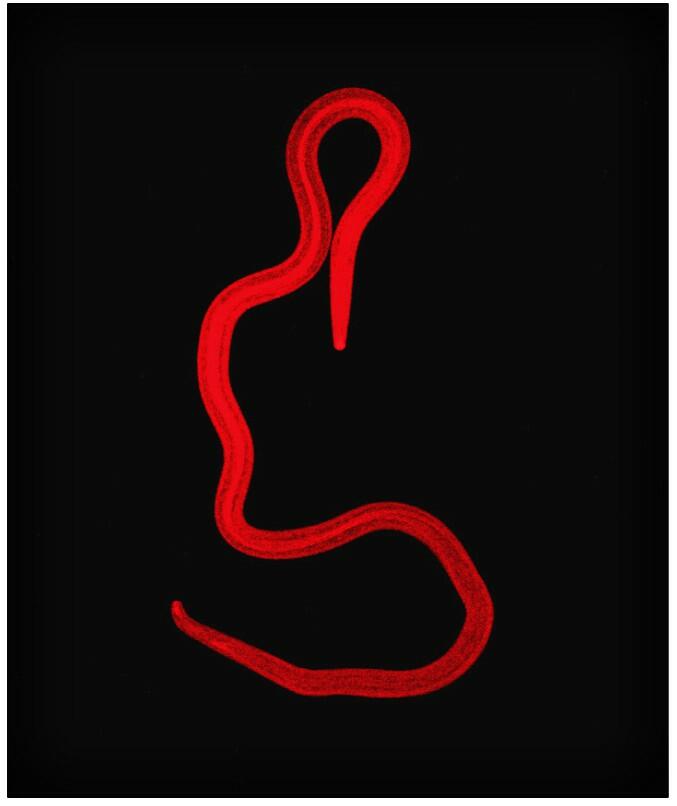
A team led by LSTM Parasitology researchers has published a new study in PLoS Pathogens detailing a pathway of cellular immune activation against filarial parasitic infection.
Helminths parasitize approximately one quarter of the global population. Medically important helminths, including filarial worms responsible for elephantiasis and river blindness, are targeted for elimination as a public health problem. Host immune responses against filarial parasites can cause tissue damage at sites of parasitism and contribute to chronic disease. A role for the host immune response has also been linked to efficacy and adverse reactions following treatment with standard anti-filarial drugs.
In this new research, a cellular and molecular pathway of anti-filarial immune activation has been determined. In this pathway, adaptive immune responses against initial infection triggers proliferation of local macrophages (a type of specialized white blood cell), displaying an 'alternatively-activated' phenotype. These tissue-site macrophages are necessary to orchestrate the sustained recruitment of eosinophil granulocytes from the blood, ultimately leading to immune-mediated killing of Brugia malayi filarial larvae.
"This work delineates the important roles of two immune cell types which are activated during helminth infection", Dr Joe Turner, corresponding author on the study, explained. "Whilst we've known for some time that eosinophils are important in controlling filarial worm infection but may also contribute to pathology, we didn't know exactly how this immune response is coordinated at the site of infection. By using a mouse model of brugian filariasis we were able to pinpoint the role of local macrophage populations in coordinating the eosinophilic anti-helminth immune response."
Professor Mark Taylor, who was senior author on the study added: "This study confirms the central role for the eosinophil as the ultimate cell responsible for killing filarial nematodes. The recruitment of eosinophils is regulated by a subset of macrophages previously thought to play a largely regulatory role and shows the balance between persistence or elimination of filarial parasites is orchestrated by these cells."
Turner JD, Pionnier N, Furlong-Silva J, Sjoberg H, Cross S, Halliday A, et al. (2018) Interleukin-4 activated macrophages mediate immunity to filarial helminth infection by sustaining CCR3-dependent eosinophilia. PLoS Pathog 14(3): e1006949. https://doi.org/10.1371/journal.ppat.1006949.